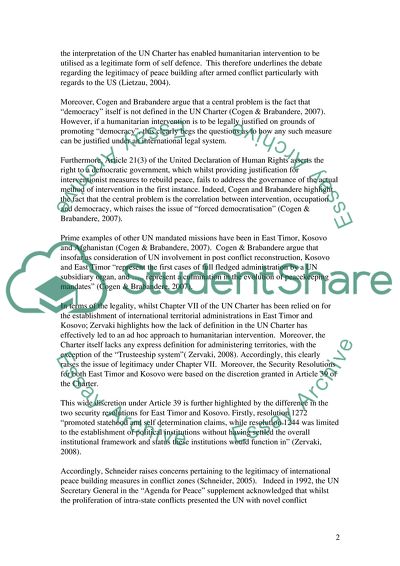Cite this document
(Humanitarian Intervention and How It Is Used to Justify Interference i Assignment, n.d.)
Humanitarian Intervention and How It Is Used to Justify Interference i Assignment. https://studentshare.org/politics/1724684-humanitarian-intervention
Humanitarian Intervention and How It Is Used to Justify Interference i Assignment. https://studentshare.org/politics/1724684-humanitarian-intervention
(Humanitarian Intervention and How It Is Used to Justify Interference I Assignment)
Humanitarian Intervention and How It Is Used to Justify Interference I Assignment. https://studentshare.org/politics/1724684-humanitarian-intervention.
Humanitarian Intervention and How It Is Used to Justify Interference I Assignment. https://studentshare.org/politics/1724684-humanitarian-intervention.
“Humanitarian Intervention and How It Is Used to Justify Interference I Assignment”. https://studentshare.org/politics/1724684-humanitarian-intervention.


